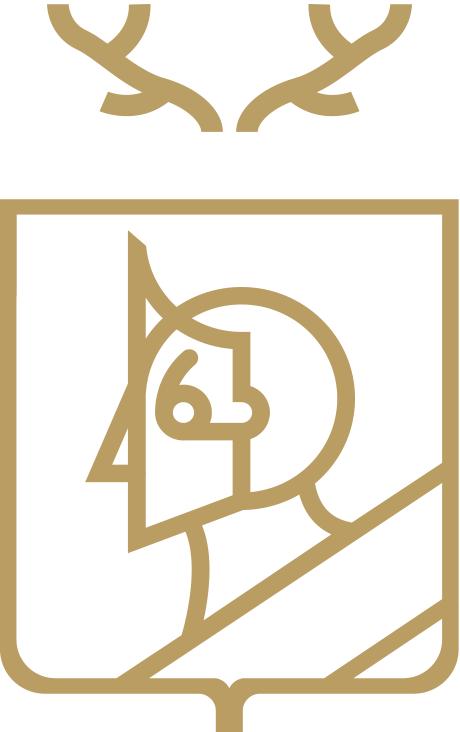I. ART DIRECTION II. DESIGN III. SOCIAL
Gametime United
Founded in 2013 to be a better way of finding tickets to San Francisco Giants games, the company quickly expanded to include tickets to everything from sports, to concert, to theatre.
MY ROLE
Art Director
Designer
Motion Designer
Video Producer

THE CHALLENGE
I joined Gametime in 2015 when the company was still in its infancy as its first and only creative employee. In this capacity, I developed the tone and visual style of the advertising, as well as most of Gametime’s brand assets. After taking a break in 2016 to pursue other projects, I came back in 2017 to help build an in-house Creative Team that would be responsible for all of the company’s creative needs. Our goal was to create ads that both resonated with our users and separated us from our larger, more corporate competitors.
THE APPROACH
Through every stage of my work with Gametime, I and my team have taken a fan-first approach, understanding the needs and habits of our user on social media as they seek to find content that fits the lifestyle they aspire to.
Using our learnings through rigorous A/B testing, we have continually set out to create ads that engage fans desires and behaviors.

I. ART DIRECTION
The user-generated aesthetic at its best.
Early on in the development of our advertising I embraced the user-generated-content aesthetic that is common across social media. If content looked like something your friend might have filmed, you were probably more likely to watch it.
Given budget restrictions, this also allowed us to produce our ads faster and more cost effectively. This concept became the guiding pillar to the majority of our visual style and voice. Ads that ran on Facebook + Instagram were shot almost exclusively on iPhone to create creative that would seem native to the platform.
Please inquire for examples.
II. DESIGN
Maps that give users more.
All venues have seating maps, but could they be done better? Our goal was to create maps that weren’t just visually engaging, but that also gave viewers a better understanding of how a venue would look.
We achieved this by creating detail-rich maps that went beyond the standard grey or blue boxes of our competitors. Our maps included as much of the venues’ unique architecture and notable landmarks as possible to give our users a far better understanding of what to expect before going to the event and a better way of making their way around once they got there. The first of these maps was rolled out with the San Jose Earthquakes Avaya Stadium. The response was so overwhelmingly positive that a Venue Team was formed to facilitate the creation of these newly styled maps across all our venues.

III. SOCIAL
A brand page that’s also informational.
With a minimal bandwidth for social content, my team and I developed a basic strategy for our social feeds: treat the main feed as an informational event brand page and engage our Followers through our story in fun, easily repeatable quizzes and polls. Due to the lack of resources devoted to social, it often fell to me to come up with ideas for posts. Unfortunately, due to the ever-changing nature of copyrights, many of these posts were taken down, which is why many of these posts are no longer viewable on the current Gametime social accounts.

OUTCOME
